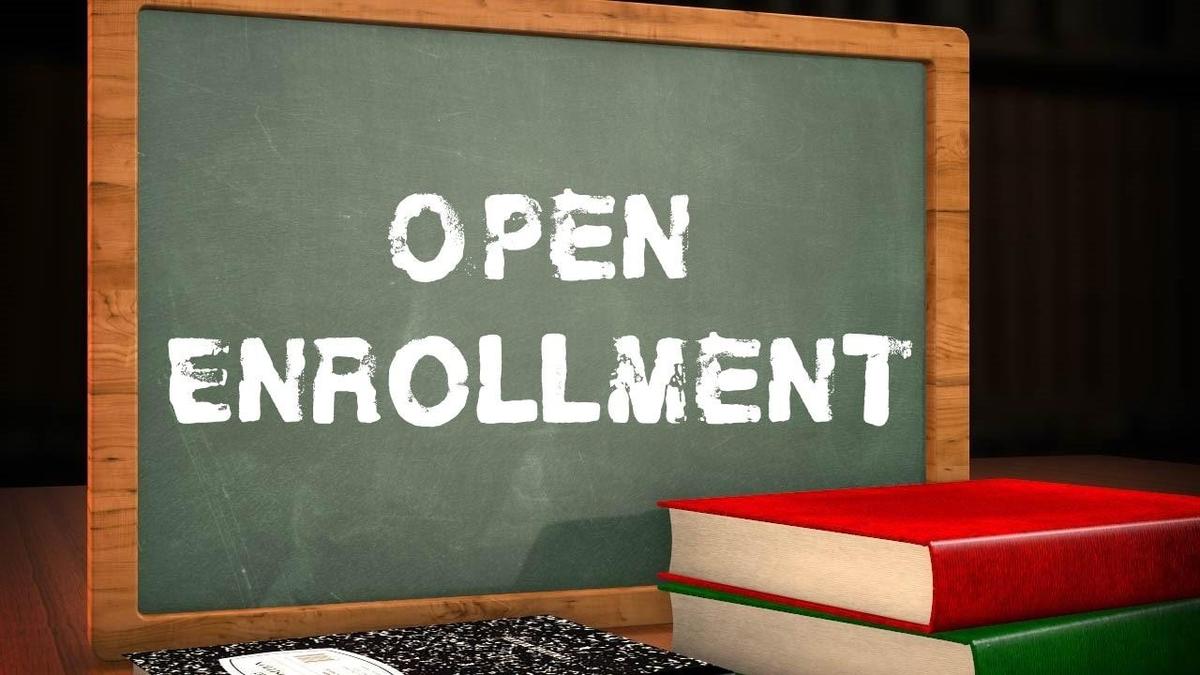It may turn out that the new open enrollment policy might be the cherry on top.
That’s no commentary on HB 206 — the omnibus education bill — that became law two weeks ago.
We’re not fixated today on charter schools or any other aspect of this 140-some page law aside from the new enrollment policy.
Though we’re given to turning our thumbs up or down on issues, we’re going to ride the fence on this one, for now.
Admittedly, we knew of the open enrollment policy in this proposal, but like almost everyone else we were captivated by the sideshow on both sides of the aisle and in the gallery.
This week, however, during the Monongalia County Board of Education’s meeting it became increasingly clear open enrollment is going to get a lot of attention and perhaps make headlines of its own.
What the policy does is allow a student to transfer to the school of his or her choice in another district without requesting their release from the sending district.
Of course, they still must petition the potential receiving school district where they wish to be accepted.
Two BOE members may have summed up the ramifications of this policy best when one described it “as a real hot potato for us” and another chimed in, “especially for sports.”
The hot potato part involves the additional pressure on Monongalia’s school district where capacity is already limited while many parents elsewhere seek better opportunities here for their children.
Our guess is there will be an uptick in the numbers of families requesting their children be accepted into Monongalia County schools.
As for the sports factor involved in transfers, that may foreshadow trouble. Some say the worst thing about youth sports is some of the parents, who are laser-focused on their son or daughter excelling — on the field or court.
Preston County let it be known in the past year it would be reluctant to grant further releases to student transfers, but that warning is moot now.
Each student who transfers out of any county subtracts $4,600 in state aid from that district, lending it to the receiving district.
On the one hand we don’t discourage parents who want a choice of schools for their children.
But on the other hand this kind of “competition” is not going to improve the school district students are transferring from. It is also going to put even more pressure on the school district students are transferring to.
For now, we have decided to take a wait-and-see approach to this matter.
Some things being equal, both the receiving and sending districts may both suffer some unjust desserts.




